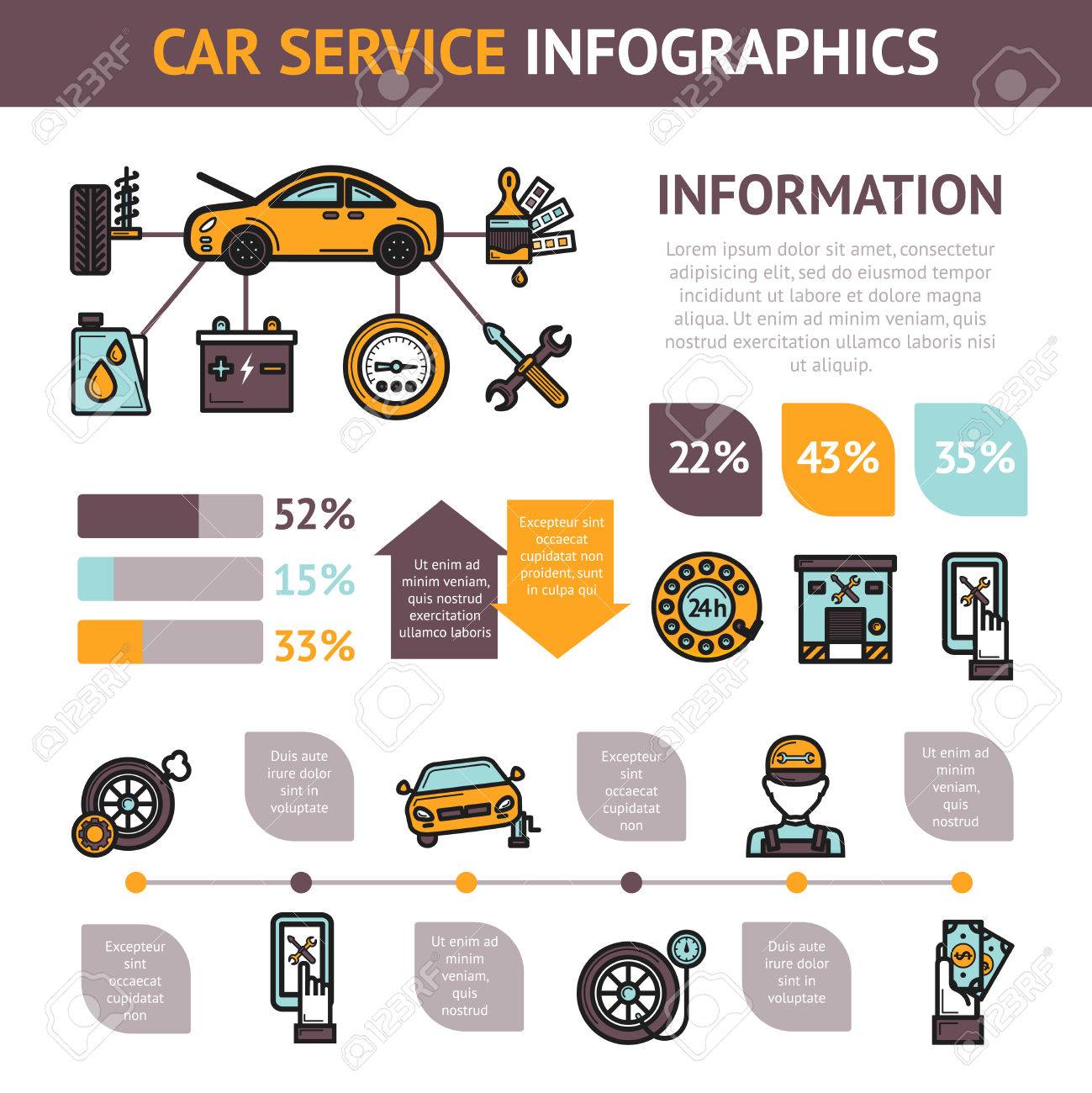Interpreting Your Car'S Alert Lighting: Their Real Effects
Interpreting Your Car'S Alert Lighting: Their Real Effects
Blog Article
Content By-Lim Shepherd
When you're behind the wheel, those beautiful caution lights on your control panel can be a little bit perplexing. Do you understand what they're trying to inform you concerning your auto's wellness? Recognizing the value of these lights is vital for your safety and security and the durability of your automobile. So, the following time among those lights appears, would not you wish to decipher its message accurately and take the required steps to address it?
Common Warning Lighting and Interpretations
Recognize typical warning lights in your vehicle and comprehend their significances to make sure secure driving.
One of the most typical warning lights consist of the check engine light, which indicates issues with the engine or exhausts system. If this light begins, it's essential to have your car inspected promptly.
The oil pressure cautioning light suggests reduced oil pressure, requiring instant attention to stop engine damage.
A blinking battery light could recommend a faulty charging system, potentially leaving you stranded if not addressed.
The tire stress tracking system (TPMS) light alerts you to low tire stress, impacting vehicle stability and fuel performance. Neglecting this can cause dangerous driving conditions.
The abdominal muscle light shows a problem with the anti-lock braking system, endangering your ability to quit rapidly in emergencies.
Last but not least, the coolant temperature level alerting light warns of engine overheating, which can cause serious damages otherwise dealt with swiftly.
Recognizing these common warning lights will certainly aid you resolve issues without delay and keep safe driving conditions.
Importance of Prompt Focus
Understanding the common warning lights in your auto is just the primary step; the relevance of quickly dealing with these warnings can not be highlighted sufficient to guarantee your safety and security on the road.
When a warning light illuminates on your dashboard, it's your car's method of connecting a potential problem that needs focus. Overlooking these cautions can lead to a lot more severe issues down the road, jeopardizing your security and possibly costing you much more out of commission.
Trigger focus to warning lights can avoid breakdowns and accidents. For instance, a flashing check engine light might show a misfire that, if left ignored, could create damage to the catalytic converter. Resolving this without delay can conserve you from an expensive repair work.
Similarly, https://remap-ecu-motor62849.izrablog.com/31655204/eager-to-understand-what-the-control-panel-caution-lights-in-your-cars-and-truck-indicate-explore-their-meanings-for-the-well-being-and-security-of-your-car alerting light may signal low brake liquid or worn brake pads, critical components for your safety and security when driving.
DIY Troubleshooting Tips
If you discover a warning light on your dashboard, there are a few DIY troubleshooting pointers you can attempt prior to seeking specialist assistance.
The very first step is to consult your automobile's handbook to understand what the details warning light indicates. Sometimes the issue can be as straightforward as a loosened gas cap causing the check engine light. Tightening up the gas cap might solve the trouble.
An additional usual concern is a low battery, which can set off numerous advising lights. Examining boat detailing miami for corrosion and ensuring they're protected may take care of the problem.
If a warning light persists, you can try resetting it by separating the automobile's battery for a few mins and afterwards reconnecting it. In addition, checking your lorry's fluid degrees, such as oil, coolant, and brake liquid, can help repair warning lights related to these systems.
visit the website
To conclude, recognizing your auto's caution lights is necessary for keeping your automobile running efficiently and safely. By immediately dealing with these alerts and understanding what they suggest, you can avoid pricey repairs and possible breakdowns.
Keep in mind to consult your auto's handbook for particular information on each cautioning light and take action accordingly to make certain a hassle-free driving experience.
Keep informed, remain risk-free on the road!
